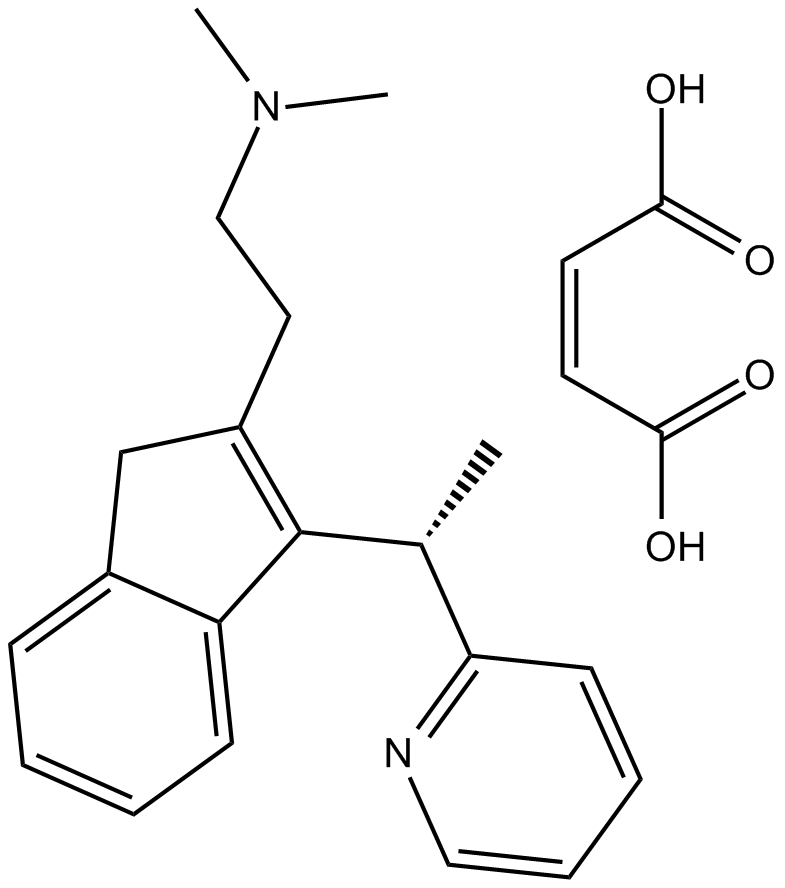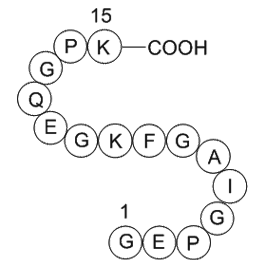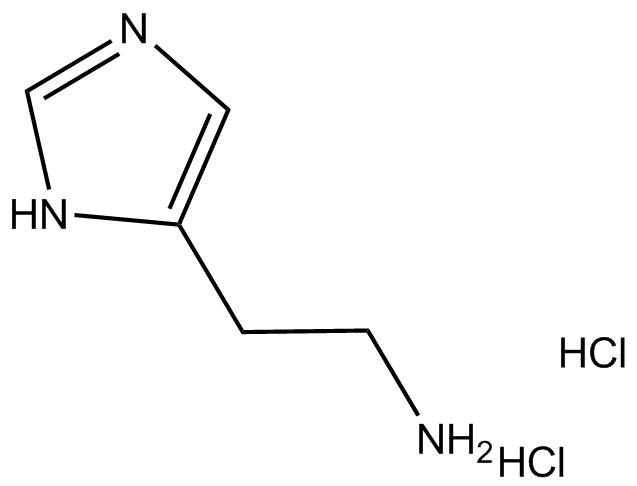Neuroscience

Neurotransmitter receptors function via various G-protein coupled and G-protein independent mechanisms that activate downstream intracellular signaling pathways such as cAMP/PKA, PI3K/AKT, phospholipase A2, and phospholipase C pathways. For instance, dopamine receptors act through adenylate cyclase to activate PKA and other signaling molecules, thereby mediate gene expression through the actions of CREB and other transcription factors. Other neurotransmitters such as NMDAR or AMPAR are associated with ion channels that control flux of Ca2+ and Na+, thus propagating the action potential across the post-synaptic neuron.
Dysfunctions in GABAergic/glutamatergic/serotonergic/dopaminergic pathways result in a broad range of neurological disorders such as chronic pain, neurodegenerative diseases, and insomnia, as well as mental disorders including schizophrenia, bipolar disorder, depression, and addiction.
-
 B6734 (S)-(+)-Dimethindene maleateSummary: M2 muscarinic receptor antagonist
B6734 (S)-(+)-Dimethindene maleateSummary: M2 muscarinic receptor antagonist -
 A1096 type II collagen fragmentSummary: Specific for cartilaginous tissues
A1096 type II collagen fragmentSummary: Specific for cartilaginous tissues -
 A3919 Vilazodone HydrochlorideSummary: Combined SSRI and 5-HT1A receptor partial agonist
A3919 Vilazodone HydrochlorideSummary: Combined SSRI and 5-HT1A receptor partial agonist -
 B2232 AripiprazoleTarget: 5-HT1 ReceptorsSummary: 5-HT receptor partial agonist
B2232 AripiprazoleTarget: 5-HT1 ReceptorsSummary: 5-HT receptor partial agonist -
 B1561 Histamine 2HClSummary: Histamine receptor agonist
B1561 Histamine 2HClSummary: Histamine receptor agonist -
 B1449 Mefenamic AcidSummary: Anti-inflammatory agent
B1449 Mefenamic AcidSummary: Anti-inflammatory agent -
 B1596 Acetylcholine ChlorideSummary: Major transmitter at many nervous sites
B1596 Acetylcholine ChlorideSummary: Major transmitter at many nervous sites -
 B6200 DL-AP4Summary: broad spectrum EAA antagonist
B6200 DL-AP4Summary: broad spectrum EAA antagonist -
 B6701 MG 624Summary: neuronal α7 nAChR antagonist
B6701 MG 624Summary: neuronal α7 nAChR antagonist -
 B6715 McN-A 343Summary: muscarinic M1 receptor agonist
B6715 McN-A 343Summary: muscarinic M1 receptor agonist

